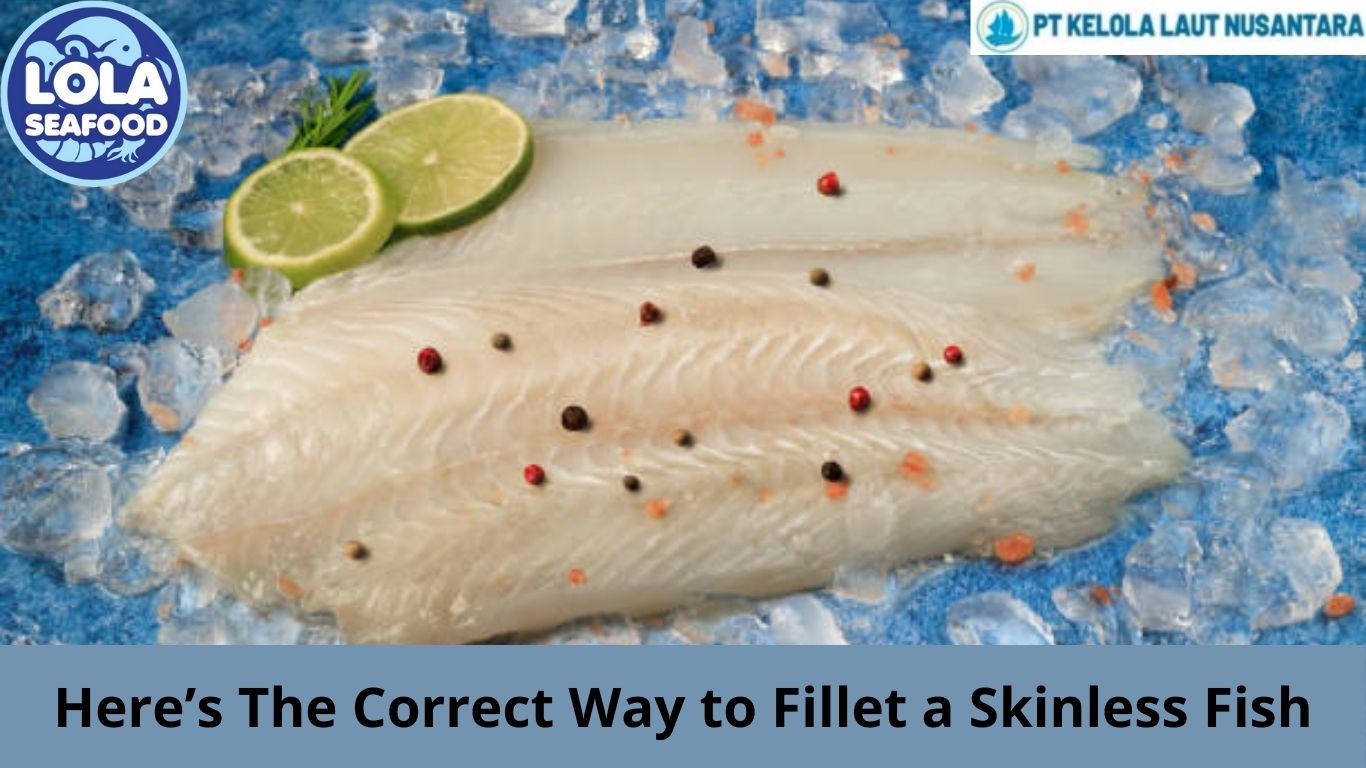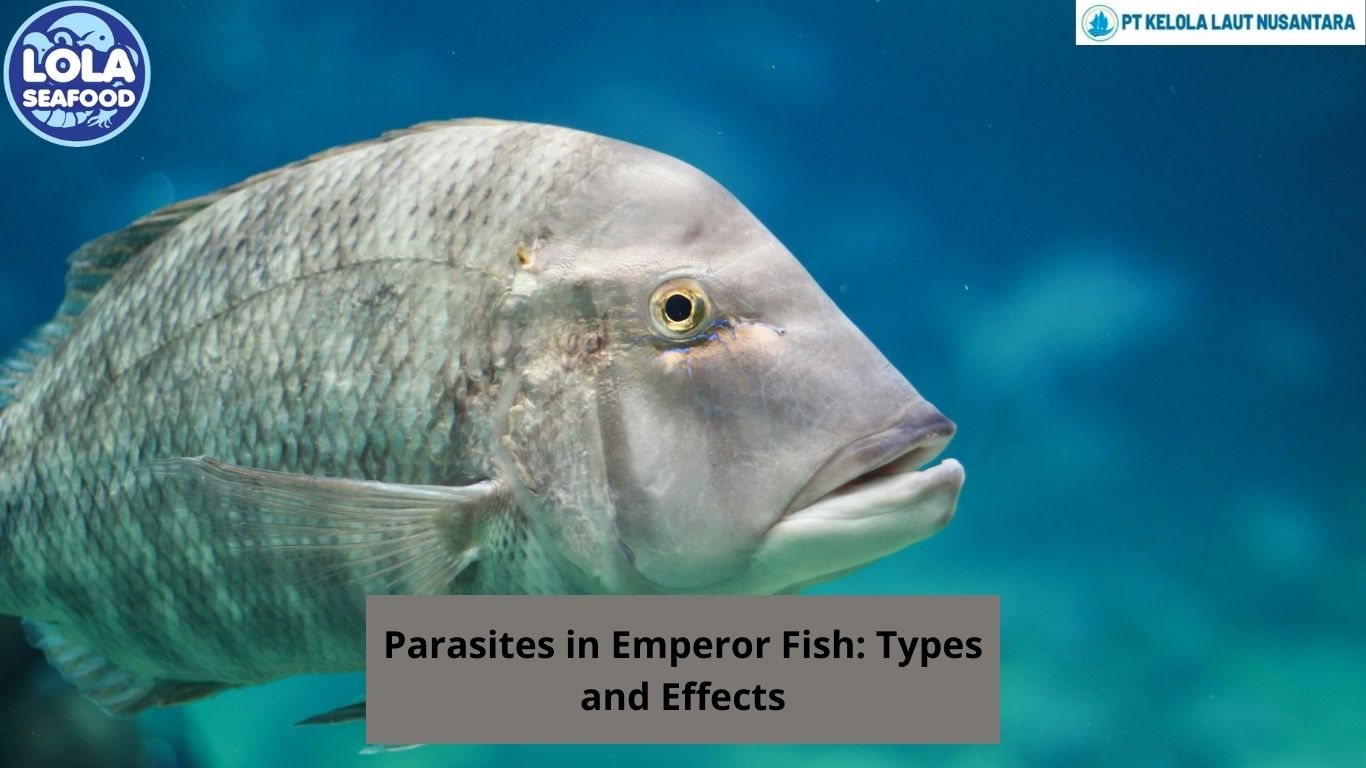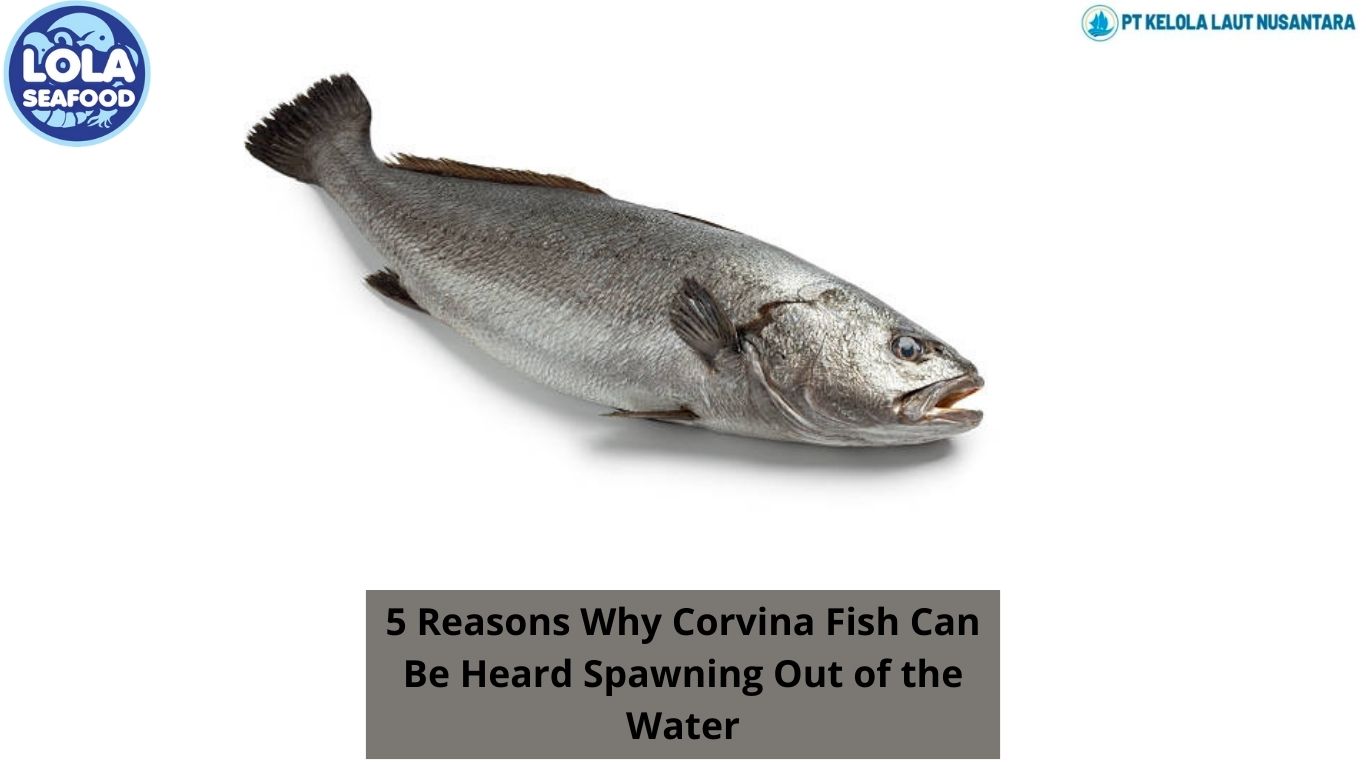Here’s The Correct Way to Fillet a Skinless Fish
By. Agung Kurniawan - 21 Feb 2025
Kelolalaut.com Filleting a fish is an essential skill for any seafood lover or home cook who wants to enjoy a fresh, boneless piece of fish. While filleting a fish with the skin on is common, sometimes you may need to fillet a skinless fish. Whether you’ve purchased a pre-skinned fish or removed the skin yourself, using the correct technique ensures you get the most out of your fish with minimal waste. Follow these steps to fillet a skinless fish correctly.
Tools You’ll Need
To properly fillet a skinless fish, you will need:
- A sharp fillet knife
- A clean, sturdy cutting board
- A pair of fish tweezers (optional for removing small bones)
- A clean cloth or paper towels for grip
Step 1: Position the Fish
Start by laying the skinless fish flat on your cutting board. Ensure the fish is stable and dry by patting it with a paper towel to prevent slipping. Identify the head end and the tail end, and locate the backbone, which serves as a guide for your cuts.
Step 2: Make the First Cut
Using a sharp fillet knife, make an incision behind the head or where the head used to be. Angle your knife slightly downward to make contact with the backbone. This initial cut should be deep enough to reach the fish’s central bone structure but not so deep that it damages the fillet.
Step 3: Separate the Fillet from the Backbone
Slide your knife along one side of the backbone, moving from the head end to the tail. Use smooth, even strokes and apply gentle pressure. Keep the blade angled slightly downward to ensure you're cutting as close to the bone as possible. This technique helps you remove as much flesh as possible without leaving meat behind.
Step 4: Trim and Check for Bones
Once the fillet is removed, inspect it for any remaining bones. Run your fingers over the fillet and use fish tweezers to pluck out any pin bones you find. If there are any uneven or ragged edges, trim them for a cleaner presentation.
Step 5: Repeat on the Other Side
Flip the fish over and repeat the process on the other side. The technique remains the same: start at the head end, cut along the backbone, and carefully separate the fillet using smooth strokes.
Step 6: Final Cleaning and Storage
Rinse the fillets under cold water to remove any residual scales or bone fragments. Pat them dry with a paper towel and store them in an airtight container or plastic wrap in the refrigerator if you plan to use them soon. For longer storage, freeze them properly by wrapping them tightly to prevent freezer burn.
Filleting a skinless fish requires precision, the right tools, and a bit of practice. By following these steps, you’ll be able to maximize your yield and prepare beautiful, boneless fillets ready for cooking. Whether you’re grilling, baking, or pan-frying, a properly filleted fish ensures the best texture and flavour for your seafood dish.
If you are intrested in our Goldband / Crimson Snapper Whole Round, Goldband / Crimson Snapper Fillet Skin On, White Snapper / Robinson Seabream / Seabream Whole Round / Whole Gilled Gutted Scaled, White Snapper / Robinson Seabream / Seabream Fillet Skin On, Snapper Whole Round / Whole Gilled Gutted Scaled, Red / Scarlet Snapper Fillet Portion, Red / Scarlet Snapper Fillet Skin On, Snapper Fillet Skinless please do not hesitate to contact us to email and / or whatsap








